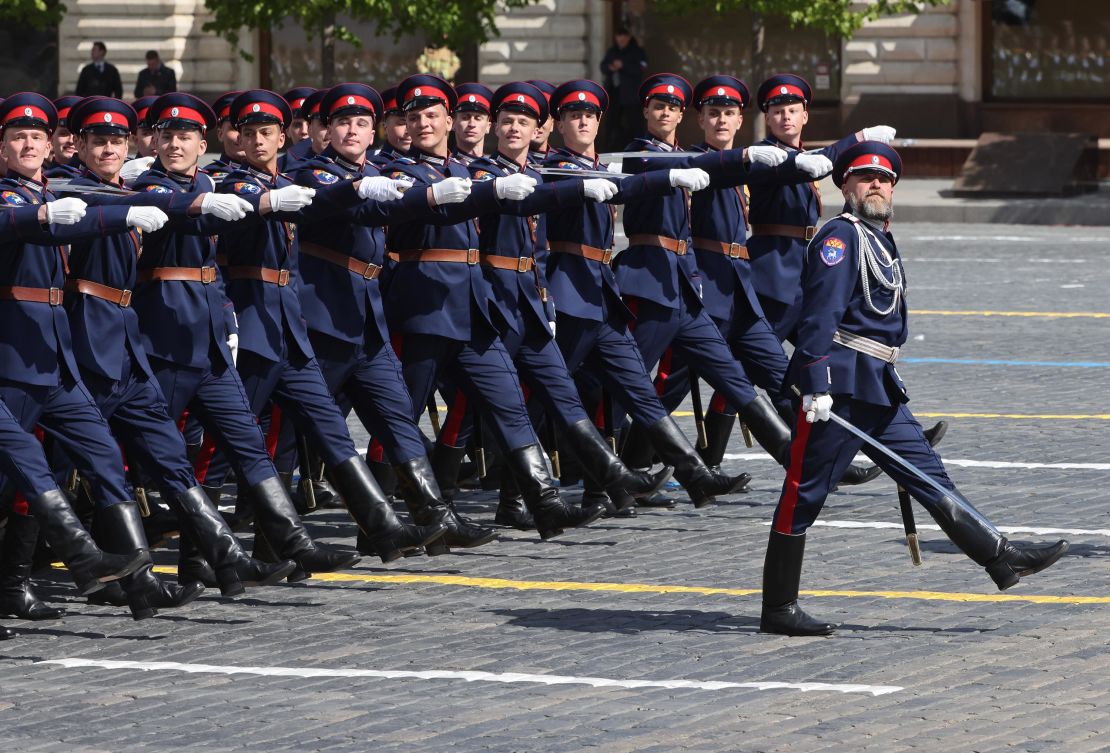Reviving Urban Cores: How Sports Stadiums Are Transforming Downtowns

Table of Contents
Economic Revitalization through Sports Stadiums
The economic impact of a strategically planned sports stadium extends far beyond ticket sales. It creates a ripple effect of positive economic activity, benefiting the entire city.
Job Creation and Increased Revenue
Stadium construction itself generates a significant number of jobs across various sectors. This includes:
- Construction jobs: From architects and engineers to construction workers and skilled tradespeople, the building process creates thousands of short-term employment opportunities.
- Hospitality and service jobs: Once operational, the stadium requires a large workforce encompassing security personnel, ushers, concessions staff, event management, and cleaning crews. This represents a substantial source of ongoing employment.
- Indirect job creation: The increased foot traffic and tourism associated with the stadium lead to a surge in demand for services in surrounding areas. This translates into more jobs in restaurants, hotels, bars, transportation, and retail businesses.
The increased spending by fans and tourists generates significant tax revenue for the city, funding vital public services and infrastructure improvements. For example, increased hotel occupancy rates near stadiums are a direct consequence of major sporting events, boosting the local economy. Similarly, the growth of local restaurants and bars experiencing heightened business due to game days showcases the direct economic benefits.
Property Value Appreciation
The presence of a modern, well-integrated stadium often leads to a substantial increase in property values in the surrounding areas. This is driven by several factors:
- Improved infrastructure: Stadium construction frequently necessitates infrastructure upgrades, including improved roads, public transportation links, and pedestrian walkways. This enhanced infrastructure benefits residents and businesses alike.
- Increased foot traffic: The stadium attracts significant foot traffic, creating a vibrant and bustling atmosphere that enhances the desirability of nearby properties for both residential and commercial use.
- Enhanced safety and security: The increased security presence associated with a stadium often contributes to a safer and more secure environment in the surrounding neighborhood, making it more attractive to residents and businesses.
Case studies from cities like Denver, Colorado (with the construction of Coors Field) and San Francisco, California (with Oracle Park) demonstrate a clear correlation between stadium construction and increased property values in surrounding neighborhoods. This revitalization effect is not limited to the immediate vicinity; it often extends outwards, revitalizing entire districts.
Community Development and Social Impact
Beyond the economic benefits, sports stadiums can have a profound positive impact on community development and social well-being.
Enhanced Community Spaces
Modern stadium designs frequently incorporate public spaces, plazas, parks, and recreational facilities that are accessible to the community even on non-game days. These spaces:
- Promote social interaction: They provide areas for community gatherings, festivals, concerts, and other events, fostering a stronger sense of community and belonging.
- Improve quality of life: The addition of parks and green spaces enhances the aesthetic appeal of the surrounding area and provides residents with opportunities for recreation and relaxation.
- Create inclusive spaces: Well-designed public spaces around stadiums can be inclusive and accessible to people of all ages and abilities.
Examples include parks built around stadiums that are open to the public daily and community events like farmers markets or holiday celebrations hosted in stadium plazas.
Improved Infrastructure and Accessibility
The development of a major sports stadium often leads to improvements in surrounding infrastructure, particularly regarding transportation and accessibility. This includes:
- New public transportation options: Cities often invest in new or improved public transportation links (buses, light rail, subways) to facilitate access to the stadium, benefiting residents and visitors.
- Improved road networks: Road improvements, including widened streets, improved signage, and better traffic management systems, are frequently implemented to alleviate congestion around the stadium.
- Enhanced pedestrian and bicycle infrastructure: Improved walkways, bike lanes, and dedicated pedestrian crossings make it safer and more convenient for people to walk or cycle to the stadium.
These improvements are not solely beneficial on game days; they enhance the overall quality of life for residents and contribute to a more sustainable and accessible urban environment.
Attracting Investment and Tourism
Sports stadiums act as powerful magnets for investment and tourism, further contributing to the revitalization of urban cores.
A Magnet for Businesses
The increased economic activity and foot traffic generated by a stadium attract new businesses seeking to capitalize on this opportunity. This leads to:
- Development of mixed-use complexes: Developers often construct mixed-use complexes around stadiums, combining residential, commercial, and entertainment spaces. This creates a vibrant and lively environment.
- New restaurants and hotels: The influx of visitors creates a demand for additional hotel rooms and dining options, leading to the opening of new restaurants, bars, and hotels in the vicinity.
- Retail development: The increased foot traffic also stimulates retail development, with shops and boutiques opening to cater to the needs of residents and visitors.
This creates a diverse and dynamic economic ecosystem, generating jobs and supporting local businesses.
Boosting Tourism and City Image
Major sporting events attract significant numbers of tourists, generating substantial revenue for the city's hotels, restaurants, and other businesses. The stadium itself becomes a landmark, enhancing the city's image and brand:
- Positive media coverage: Major sporting events and the stadium itself often receive significant positive media coverage, enhancing the city's reputation as a desirable tourist destination.
- Increased tourism spending: Visitors attending sporting events spend money on accommodation, food, transportation, and entertainment, injecting significant revenue into the local economy.
- Improved city perception: The association of the city with a successful sports team and a modern, well-maintained stadium can contribute to a more positive perception of the city among both residents and outsiders.
Conclusion
Sports stadiums are more than just venues for sporting events; they are powerful catalysts for urban renewal and integral to the revitalization of downtowns. By stimulating economic growth, fostering community development, and attracting investment and tourism, stadiums play a crucial role in reviving urban cores. The positive impact extends far beyond game day, creating lasting benefits for residents and businesses. To learn more about how strategic stadium development can contribute to the revitalization of your city, research successful case studies of urban core revitalization using sports stadiums and consider the long-term economic and social impact of such projects. Investing in thoughtful stadium development is investing in a stronger, more vibrant future for your downtown. Start planning your urban core revitalization strategy with sports stadiums today!

Featured Posts
-
 Manfred Anticipates Massive Crowd At Bristol Motor Speedway
May 11, 2025
Manfred Anticipates Massive Crowd At Bristol Motor Speedway
May 11, 2025 -
 The Johnson Effect How The Changing Athletics Landscape Impacts Duplantis
May 11, 2025
The Johnson Effect How The Changing Athletics Landscape Impacts Duplantis
May 11, 2025 -
 Russias Military Strength On Display At Putins Victory Day Parade
May 11, 2025
Russias Military Strength On Display At Putins Victory Day Parade
May 11, 2025 -
 Chinas Top Security Official In Exclusive Us Trade Talks What To Expect
May 11, 2025
Chinas Top Security Official In Exclusive Us Trade Talks What To Expect
May 11, 2025 -
 Analyzing Juan Sotos Recent Success After Michael Kays Comments
May 11, 2025
Analyzing Juan Sotos Recent Success After Michael Kays Comments
May 11, 2025
Latest Posts
-
 Is A Crazy Rich Asians Tv Series In The Works Jon M Chu Offers Insights
May 11, 2025
Is A Crazy Rich Asians Tv Series In The Works Jon M Chu Offers Insights
May 11, 2025 -
 Crazy Rich Asians Tv Series Director Jon M Chus Latest Update
May 11, 2025
Crazy Rich Asians Tv Series Director Jon M Chus Latest Update
May 11, 2025 -
 Is A Crazy Rich Asians Tv Show Really In Development Everything We Know
May 11, 2025
Is A Crazy Rich Asians Tv Show Really In Development Everything We Know
May 11, 2025 -
 Max Greenlights Crazy Rich Asians Tv Series Adaptation
May 11, 2025
Max Greenlights Crazy Rich Asians Tv Series Adaptation
May 11, 2025 -
 Jon M Chu On A Potential Crazy Rich Asians Tv Series
May 11, 2025
Jon M Chu On A Potential Crazy Rich Asians Tv Series
May 11, 2025
